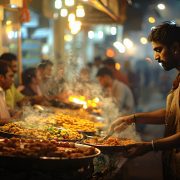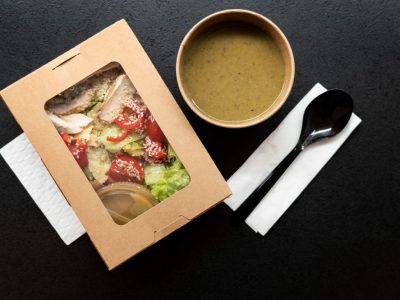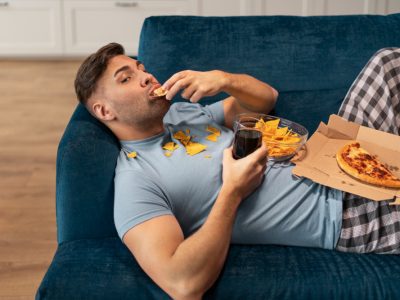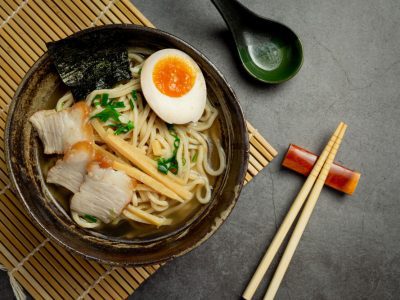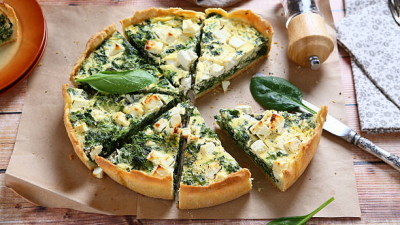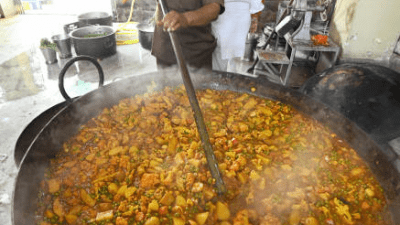Introduction to Restaurant Designs
The atmosphere of a restaurant is not just a background; it is a carefully planned experience that affects how people think, act, and, in the end, how satisfied they are. A good restaurant design combines aesthetics and psychology to make an atmosphere that connects with the customers and makes the eating experience better. It is about knowing how lighting, colours, textures, and the way things are arranged in a room can change your mood, your hunger, and even how much you spend. A well-designed restaurant can turn a simple meal into an event to remember, which will keep customers coming back and encourage them to recommend others. On the other hand, a badly designed place can make people feel uncomfortable or confused. In today’s competitive food scene, where customers have a lot of choices, the way a place looks can make a big difference. It shows the restaurant’s name, the type of food they serve, and how much it costs, which sets the tone for the whole dining experience.
The moment a customer walks through the door, they unconsciously take in visual cues that affect what they think and expect. The general story of the space is told by the choice of warm, inviting colours over cool, simple tones, the placement of seating to encourage closeness or social interaction, and the smart use of lighting to draw attention to focal points. Even for restaurants that use online delivery services like HOGR delivery, showing pictures and virtual tours of their real space can make a customer more likely to place an order. Customers can feel connected and trusting even when they are not in the place. This is because digital representations of the atmosphere can do this. This piece will look at the psychology behind good restaurant design and how different elements can be used in a smart way to make a dining experience that is both interesting and profitable.
A Guide to Restaurant Design Psychology and Dining Psychology
Understanding the psychological factors that affect how people act is important for designing a restaurant that works well. Here’s how to get around the complicated worlds of restaurant design psychology and eating psychology:
Ambiance Creation
The art of creating ambience is making a sensory experience that fits with the restaurant’s name and the people it wants to attract. It is more than just decoration; it is how different things work together to make you feel a certain way and create the mood you want. Colour psychology is a big part of making an atmosphere. Warm colours, like orange and red, can make you hungry and give you energy. Cooler colours, like blue and green, can make you feel calm and relaxed. Lighting is also very important. Soft, warm lighting can make a space feel more private and romantic, while brighter lighting can make it feel more lively and social.
Music can also have a big effect on how people feel and act. Playing upbeat music can make a room feel more alive, while playing soothing music can make people feel more at ease. The way the furniture is set up and how the room flows all add to the overall sense of comfort and ease. Textures, such as rough and smooth surfaces, can give a room more depth and personality. Even the faint smell of coffee or bread being baked can make the experience better. To create a good atmosphere, you need to think about how all of these things fit together to make an organised and interesting atmosphere.
Restaurant Interior
The restaurant’s name and idea can be seen and felt in the way it looks inside. The goal is to make a place that is not only nice to look at but also useful and cosy. The plan of the restaurant’s interior is very important for making sure that traffic flows smoothly and that customers have a great time. There should be a mix of private tables and open places for everyone to sit, so that the seating can fit groups of all sizes and preferences. From chairs and tables to booths and banquettes, the furniture you choose can have a big effect on how you feel and how you look. The use of different materials, like natural wood and polished metal, adds to the general look and feel. Putting artwork, building features, or open kitchens in the right place can draw the eye and make the room look interesting.
The style of food and price range should also be reflected in the restaurant’s atmosphere. A fine-dining restaurant might choose finishes that are classy and expensive, while a casual restaurant might choose finishes that are more casual and rustic. Adding technology like digital menus or interactive displays can also make the restaurant look better and make the buying process go more quickly. A restaurant’s interior design can be a powerful marketing tool that brings in customers who like to eat in nice-looking places.
Dining Experience
An individual’s dining experience includes all of their interactions with a restaurant, from making an appointment to leaving. The way a restaurant is designed has a big impact on the eating experience, changing things like comfort and mood as well as how much you value the food and how satisfied you are with it. The way a place is set up can affect how service moves and how staff and customers talk to each other. A nice level of noise, comfortable seating, and the right amount of lighting all add to a calm and enjoyable atmosphere. How the food is set out and the dishes used can make the meal seem better. The amount of privacy and closeness that the seating offers can affect how comfortable and connected the customer feels.
The area feels trustworthy and professional because it is generally clean and well taken care of. It is important that the dining experience fits with the restaurant’s name and the people it wants to attract. A dinner for two will need a different atmosphere than a meal with the whole family. Understanding the psychological factors that affect the dining experience is important for making a place that customers will enjoy and come back for more.
Conclusion
Good restaurant design is a strong way to make a memorable and profitable dining experience. By learning about the psychological factors that affect how people act, restaurants can create spaces that appeal to their target audience and improve how people think of their business as a whole. Every part of restaurant design tells a story, from the smart use of colour and lighting to the well-thought-out layout of furniture and the creation of a unified atmosphere. The goals of restaurant design psychology are the same whether it is a fancy fine-dining restaurant or a cosy neighbourhood café: to make a place that is both aesthetically pleasing and emotionally satisfying.
Restaurants can build customer loyalty, get repeat business, and eventually be successful in the long term by putting the dining experience first and making the space fit with their brand and style of food. Even for restaurants that do a lot of business with online delivery services, the way their place looks can lead to more online orders and better brand recognition. When food businesses use the art and science of restaurant design, they can turn their spaces from just places to eat into engaging and memorable culinary experiences.
A food enthusiast and a blogger – someone who likes to eat and write about it. I’m passionate about exploring different cuisines and challenging my palette. I give into my food craving regularly and am often on the hunt to find my new favorite food place in town.


